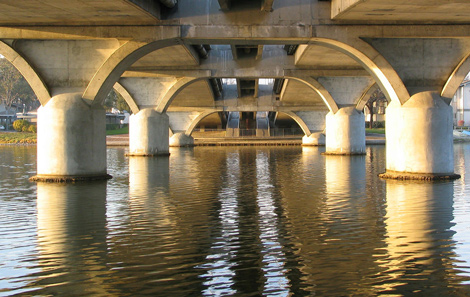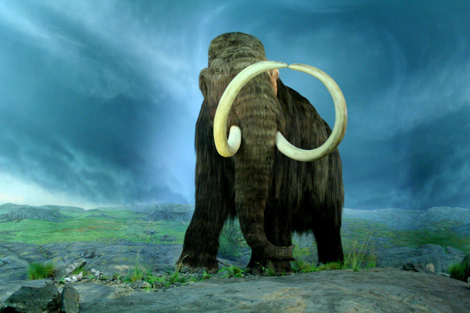Video: Green Revolution – Biomass
Filed under: Chemical, e-Videos, Environmental | Comments Off on Video: Green Revolution – Biomass
Tags: Chemical, Environmental
Filed under: Chemical, e-Videos, Environmental | Comments Off on Video: Green Revolution – Biomass
Tags: Chemical, Environmental

Cement is smarter than you think. It can consume smog and kill pollutants in the air.
Now concrete is getting smart, too: it can report traffic flow, record the speed and weight of traveling vehicles, monitor its own structural health, and detect cracks.
Filed under: Chemical, e-News, Mechanical | 2 Comments »
Tags: Architectural, Chemical, Environmental, Mechanical, Transportation

A flaming lotus sculpture from Maker Faire 2009 (jurvetson/Flickr)
Whether you have a knack for inventing things or just want to see some really cool stuff people have made, you should definitely check out Maker Faire in San Mateo, CA this weekend (May 22-23, 2010).
Maker Faire is a two-day extravaganza that features a diverse collection of projects from garage inventors and tinkerers across the nation.
Filed under: Chemical, Computer, e-News, Electrical, Environmental, Industrial / Manufacturing, Mechanical | Comments Off on Maker Faire 2010 in San Mateo, CA
Tags: Art, Chemical, Computer, Electrical, Environmental, Events, Industrial / Manufacturing, Mechanical
Think your cell phone is cool now? With new ground-breaking enhancements, mobile phones are getting cooler than ever before.
Engineers are capitalizing on the recent popularity of 3-D technology in movie theaters by creating a cell phone that projects 3-D images, and without having to wear any goofy glasses. Although it appears to be an average smart phone, when it is moved from a vertical to a horizontal orientation, the image on the screen becomes 3-D.
Filed under: Computer, e-News, Electrical | 1 Comment »
Tags: 3D, Chemical, Computer, Electrical, Technology

Woolly mammoths have been extinct for over 10,000 years. But given the latest genetic sequencing efforts, scientists and engineers may be closer to resurrecting the ancient beast.
The starting point is blood. Researchers from the University of Manitoba have successfully reconstructed the hemoglobin of these ancient, massive creatures, and determined that their circulatory systems helped them survive in extremely cold conditions.
Filed under: Biomedical, Chemical, e-News | 2 Comments »
Tags: Biomedical, Chemical